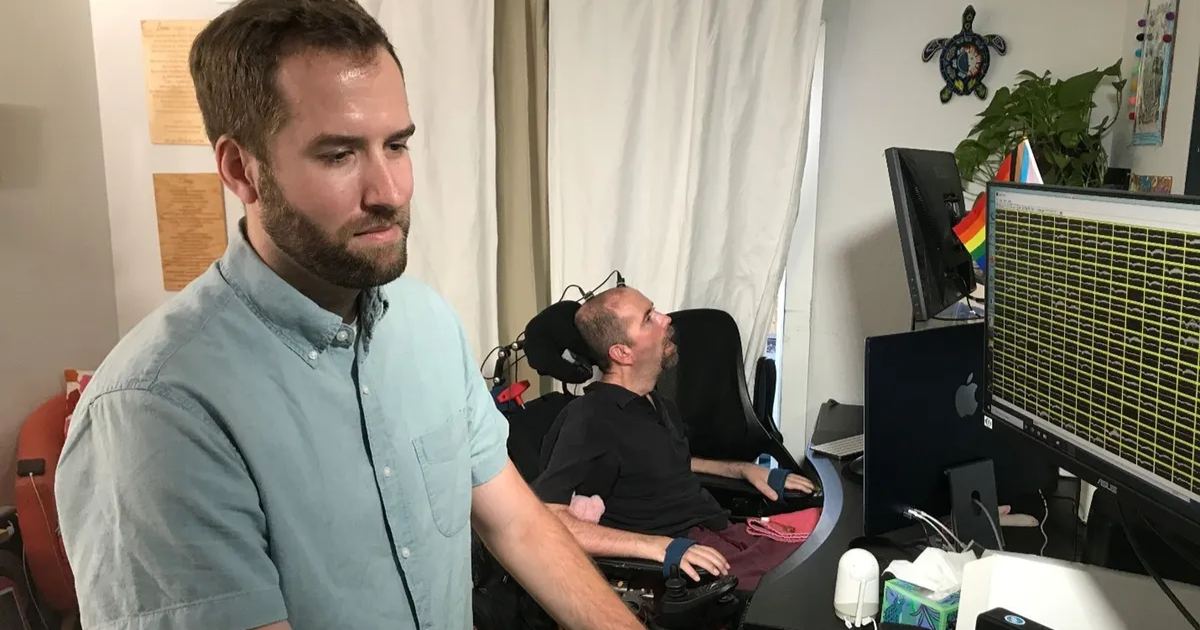
Artificial intelligence and brain implants are two hot areas of technology, with both advancing at a very rapid pace. For Cassey Harrell, a man with ALS (amyotrophic lateral sclerosis, more commonly known as Lou Gehrig’s disease) the advancements in these combined areas are allowing him to speak once again.
Harrell was given a brain-computer implant that is paired with AI to analyze his brain and determine what he is trying to say. Currently, the system is able to accurately determine his intended speech with around 97% accuracy, which is astounding.
To make it even better, the system is able to read his words aloud in his own voice, thanks to the advanced AI that powers it.
He has been having difficulty with verbal communication due to the disease causing weakness in the muscles that allow him to speak. This devastating disease progressively impacts more and more areas of life, and being unable to effectively communicate is often one of the most frustrating.
In a statement, Harrell said:
“Not being able to communicate is so frustrating and demoralizing. It is like you are trapped.”
His implant is part of the BrainGate clinical trial where the cutting-edge hardware is being tested in the hopes of successfully helping people with ALS and a variety of other speech impacting conditions regain their ability to communicate.
Dr. Sergey Stavisky, one of the co-principal investigators on the trial, said in a statement:
“We’re really detecting their attempt to move their muscles and talk.”
For most people, the brain communicates with the muscles needed to speak, and it is done on a subconscious level. This device is able to detect when the brain is attempting to send these signals, and then the system understand what they are trying to do, which can be converted into speech.
His device was installed for 25 days and then he began an extensive data collection process that took place over 84 sessions taking 32 weeks. From the beginning, the system was working effectively. When monitoring for a set 50-word vocabulary, the system was able to reach a 99.6% accuracy level.
When the vocabulary was increased to 125,000 words, the system still had an accurate rate of just over 90%, which was increased to over 97% with ongoing training.
Dr. David Brandman, another co-principal investigator, said:
“At this point, we can decode what Casey is trying to say correctly about 97 percent of the time, which is better than many commercially available smartphone applications that try to interpret a person’s voice. This technology is transformative because it provides hope for people who want to speak but can’t.”
The study of this system is published in the New England Journal of Medicine and is offering hope to many people who have lost their ability to speak due to ALS or other conditions.
You can see the system in action in this inspiring video:
This technology is a miracle for those who lost the ability to speak.
If you enjoyed that story, check out what happened when a guy gave ChatGPT $100 to make as money as possible, and it turned out exactly how you would expect.